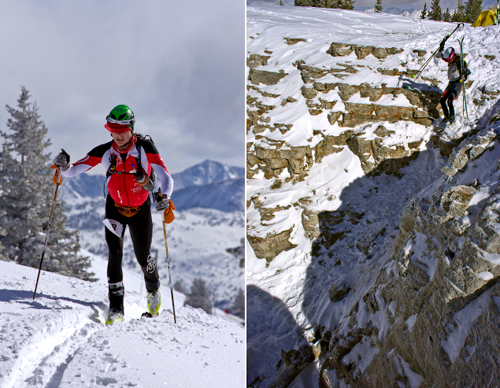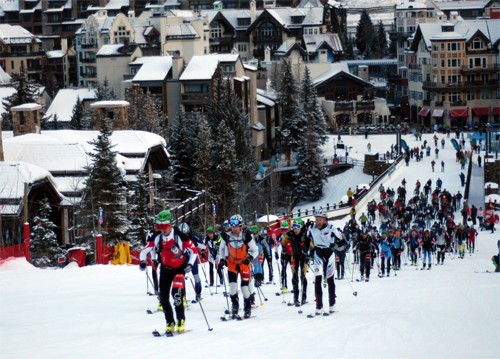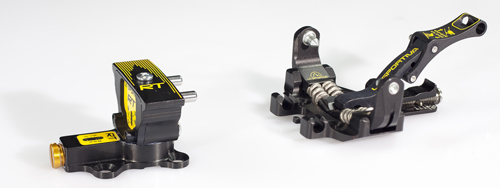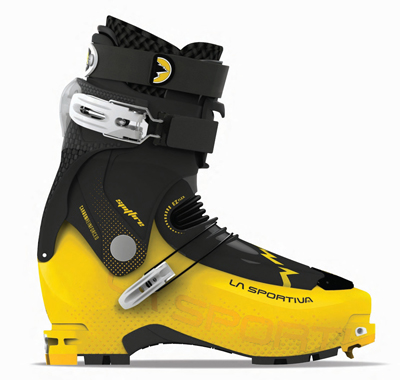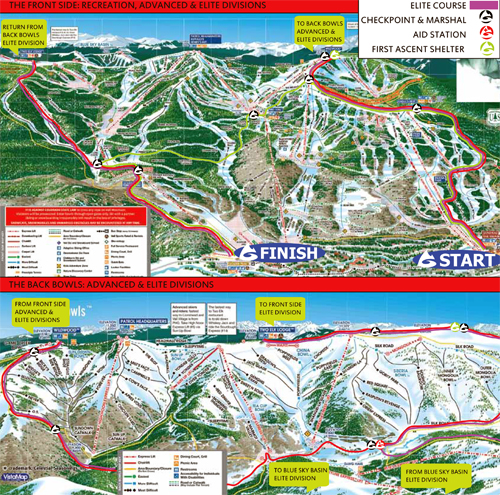At 7:30a.m., the start gun went off. With the blast I stepped forward in my skis, a pack of racers poling and striding all around me in sync and moving uphill toward mountain peaks far beyond. It was day two of the Winter Teva Mountain Games, a weekend sports festival in Vail, Colo., held earlier this month, February 9 – 12. The competition at hand, the Eddie Bauer Ski Mountaineering Race, was one among a dozen events at the Games, though arguably the most grueling of the bunch.

In five hours or so we would ski many miles and up and down thousands of vertical feet, all under our own power. The course was made to simulate a long, hard day spent exploring the mountains.
Ski mountaineering racing, “SkiMo” for short, is a European sport making inroads at resorts across America. A flagged course, checkpoints, mandatory avalanche gear, and hours of time on the move going uphill are common elements of the game.
